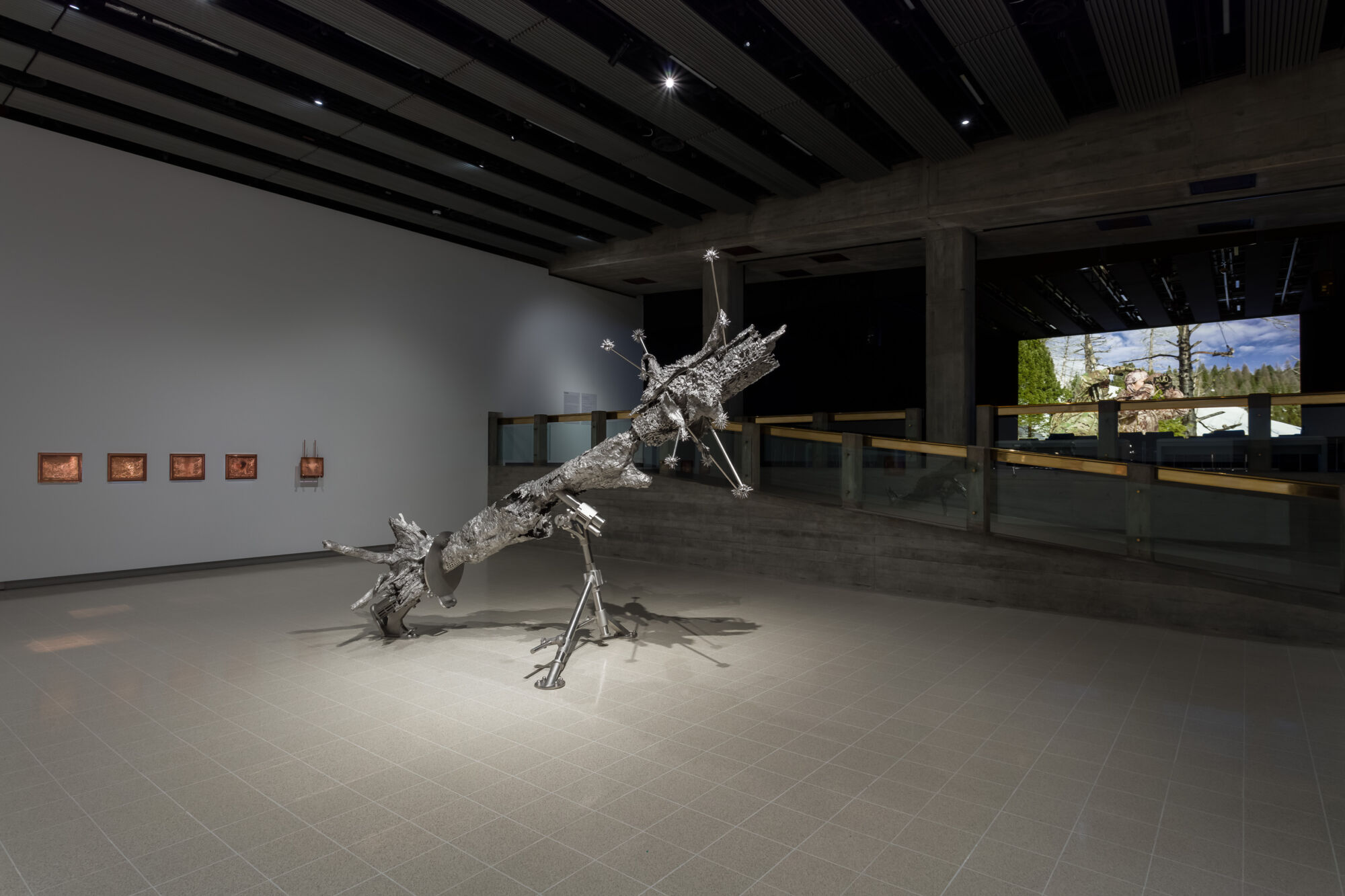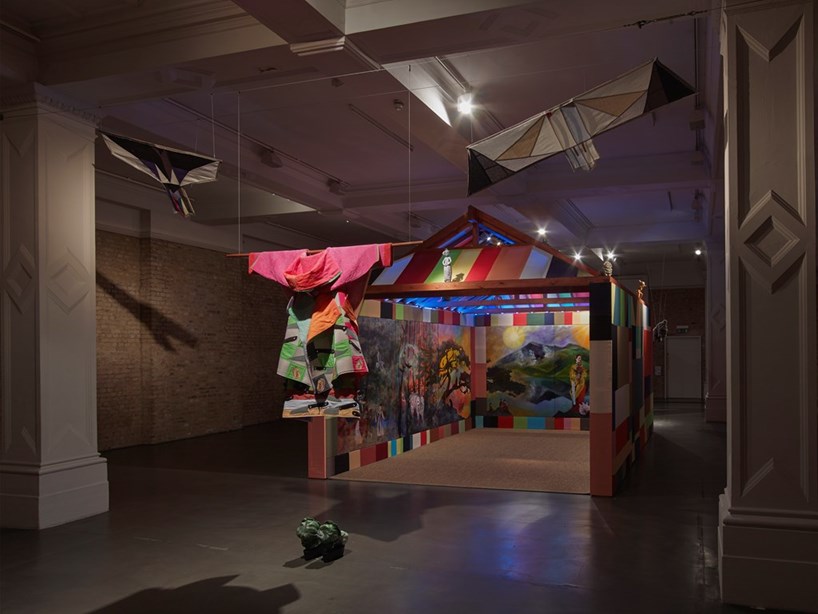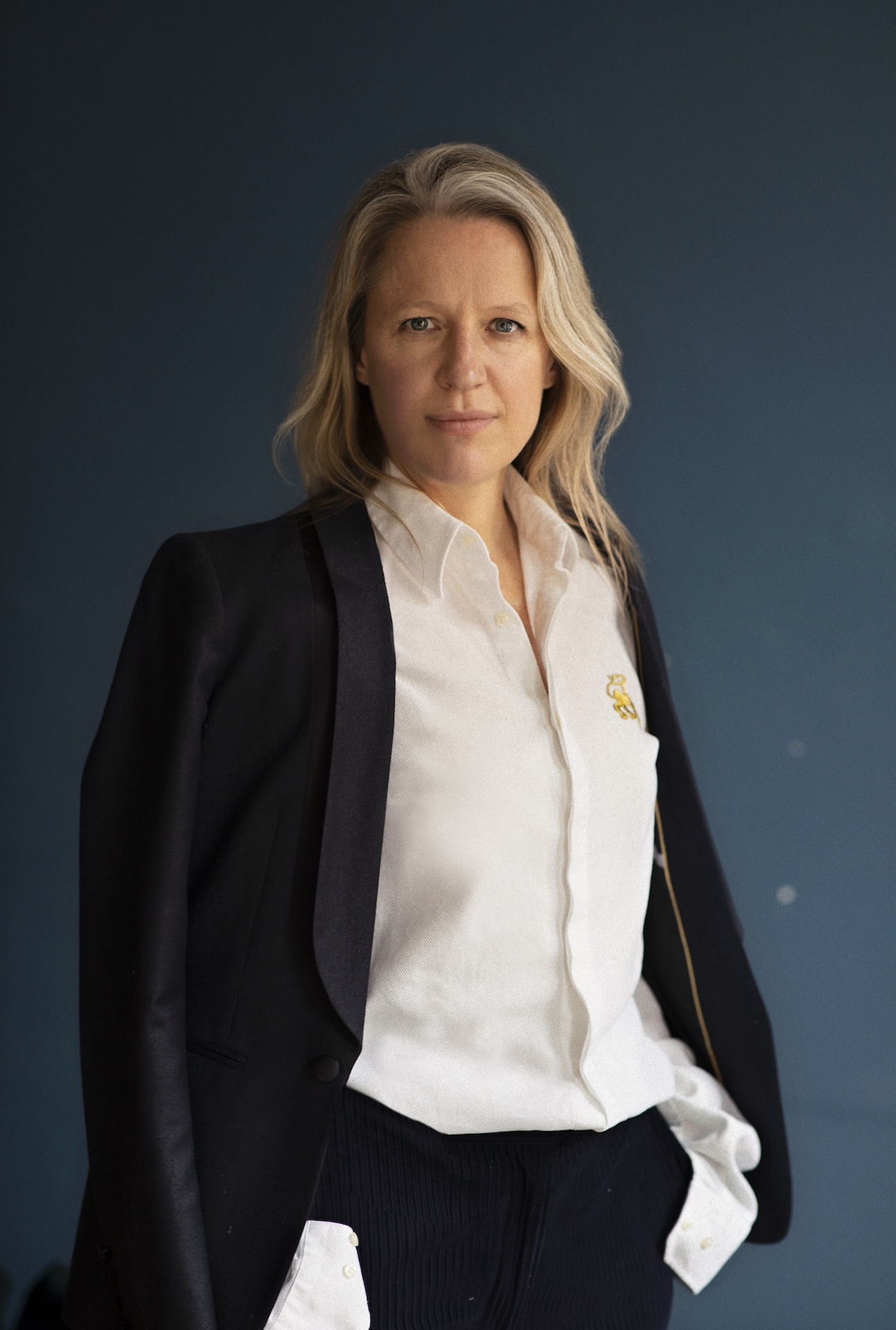

Interview Curator of the moment Tarini Malik
Curating a national pavilion at the Venice Biennale is a coveted gig – but particularly prestigious when you are appointed to work with a much-revered artist. But Malik has all the credentials for the job – currently curator at the Royal Academy, she left the Whitechapel in 2023, and previously worked in the curatorial department at the Hayward Gallery. She was also Issac Julien’s Head of Exhibitions. And it’s not her first time working on the Biennale – in 2015, she contributed to the main exhibition.
Malik has spent the last year working intensively with Akomfrah and his team on the British Pavilion which will finally be unveiled this week, and runs until November. The exhibition, Listening All Night To The Rain, will respond to the city of Venice and to the institution and context of the British Pavilion – part of Malik’s role has been finding ways to make the presentation accessible to wider audiences while facing all the challenges of presenting moving image work at such an ambitious scale. Malik shares more with The Wick Culture here about how the pavilion has come together, and what she does to wind down in Venice and London after long hours installing art.
THE WICK:
You are the Shane Akeroyd Associate Curator of the British Pavilion at the 60th Venice Biennale. What has it been like working with Sir John Akomfrah?
Tarini Malik:
The great privilege of this position is working so closely with John and his team at Smoking Dogs Films. Collaborating with them has been nothing short of an extraordinary experience. John’s practice is heavily research-based, and he is able to navigate complex and vast world histories with so much poetry and profundity. I have learnt so much from his sensitivity to identity politics and dedication to platforming marginalised voices. It has truly been the highlight of my curatorial career so far and I am excited to have the opportunity to share our work in Venice with everyone.
TW:
John Akomfrah’s landmark commission for this year’s pavilion gives a platform to the voices and the experiences of diasporic people in Britain. How does the work explore nationhood and home?
TM:
The exhibition, entitled Listening All Night To The Rain, is very much a continuation of the artist’s abiding interests in expanding our understanding of notions of home, belonging and nationhood. The commissions layers and stitches together multiple global histories through imagery and sound in John’s signature style of bricolage. These stories are told through the lens of ‘memories’ of various people and communities who represent the migrant diaspora in Britain. Here, John is showing the breadth of diasporic identity as much as he acknowledges and celebrates cultures of resistance and affirmation.
TW:
What has been the biggest challenge about working in the city on the water?
TM:
Venice can be a challenging city to produce exhibitions for very simple but obvious reasons such as access. Everything travels in by boat so you learn not to take quick deliveries for granted! However, I will say that in some ways I am grateful too for those challenges. It forces you to think very carefully – and in many ways more sustainably – about the steps you need to take in order to prepare and execute a project of this scale. Our project is very responsive to both the context of the biennale, but to the city more widely in that central motifs are water, climate change and migration.
TW:
Outside of the Biennale, which three exhibitions in Venice are you planning to visit?
“I have learnt so much from [John Akomfrah[ sensitivity to identity politics and dedication to platforming marginalised voices. “











